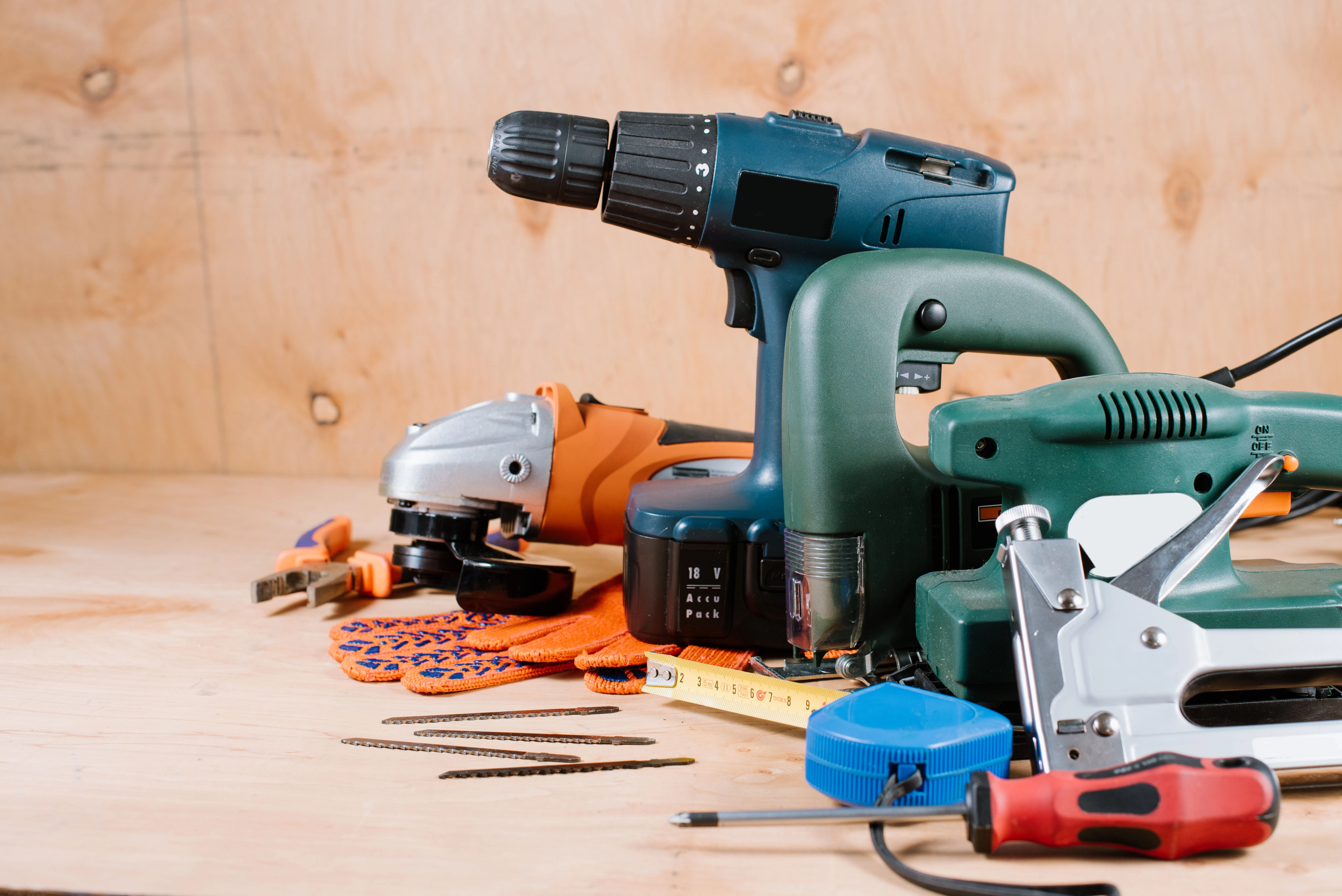Borrowing Tools & Equipment on the Job Site

Show me an active job site, and I’ll show you tools and equipment owned by one contractor being used by another. It could be something as small as a hammer or larger like a lift, scaffolding, or skid steer.
Of course, you could rent or buy the equipment, but you need it right now and rental and delivery fees are expensive. When you’re on a job site working with contractors you know and trust, it’s sometimes easier to borrow each other’s equipment instead of buying or renting what you need.
But what happens if someone gets injured, property gets damaged, or the tool or equipment gets ruined while you’re borrowing it from another contractor or they're borrowing it from you? Is the injury or damage covered by insurance? If it is, whose insurance is covering it—yours or theirs?
Borrowed equipment is different than leased or rented equipment
When you go to a rental store, you sign a contract that identifies the type of equipment, how much the equipment will cost to rent, and who is responsible for damage or injury while using it. There is usually a requirement for training on the equipment and providing personal protective equipment to the operator or user. When you borrow tools and equipment, you don't usually stop to write up a contract.
The larger the equipment, the higher the potential for catastrophic loss. Even something as simple as operating a scissor lift could cause significant injuries or property damage. And don’t just think it’s larger equipment. Smaller tools like nail guns can cause big problems. Inadvertently discharging a nail gun into someone’s foot guarantees a visit to urgent care or worse, but if the nail goes somewhere else, like a face or chest, it can be as lethal as shooting them with a real gun!
Obviously, there are risks with lending and borrowing tools and equipment. Here are a few issues to consider.
If an Injury Occurs
Who was injured? What caused the injury? Was the tool or equipment being used properly? Was the person borrowing the tool trained on how to use it? Did the tool malfunction? Had it been properly maintained? For scaffolding, who erected the scaffolding?
The answers to these questions may decide who is liable for the injury.
If Damage Occurs
What was damaged? Was it property on the job site, property adjacent to the job site, or a borrowed tool or equipment? Who owns the property that was damaged? What caused the damage? Again, was there training, proper use, and maintenance? Was there a malfunction? Was the equipment being used in a manner for which it was intended?
For example, if your friend borrows your boom lift and puts a ladder in the bucket to reach a height higher than what the boom lift can reach, that is not the intended use of the boom lift.
The answers to these questions may decide who is liable for the damage to a third party or who is responsible for repairing or replacing the borrowed equipment if it was damaged.
Insurance Implications
Even with a written subcontractor agreement in place, liability for injury or damage caused while using borrowed equipment may not be clearly defined. In the absence of a written agreement, or when agreement terms are not clearly defined, the responsibility for damage or injury caused by someone using a borrowed tool may be decided by the court.
Generally, a subcontractor agreement requires the subcontractor to furnish all labor, material, and equipment necessary or required to complete the work. If the subcontractor borrows a tool or piece of equipment, they could be in breach of their contract.
Many subcontractor agreements have a clause that requires the subcontractor to assume responsibility for any damages or injury resulting from their work, including the use of materials and equipment, regardless of ownership. It is important to review each clause in any agreement you sign to be sure you understand what liability you are agreeing to. If this is the case in the agreement for your job site, then no matter what happens with a borrowed piece of equipment, if you are in control of it, you are liable.
The owner of the borrowed equipment could still have liability exposure. If a contractor lends tools or equipment that are not properly maintained, and that equipment then causes an injury, the owner has liability for the injury.
If the borrower doesn’t understand the proper use of the tool and causes damage or injury, the borrower has liability for the use, but the owner has liability for failure to properly train or ensure they had been trained.
Damage to Borrowed Tools and Equipment
In addition to the liability exposure for borrowed tools and equipment, there is also the exposure of damage to the tools and equipment.
What happens if you damage a borrowed tool? The retail cost of a new nail gun would probably be less than most deductibles, but have you considered the cost to repair or replace larger equipment? If you borrow a $25,000 skid steer and your insurance policy does not provide coverage for borrowed equipment, can you afford the cost to repair or replace it? What about the loss of use or cost of rental until you purchase a new one?
If someone damaged or destroyed a tool you lent them, would you want to file a claim with your insurance company? Probably not, but if the borrower doesn’t have insurance, you may have no choice.
If the borrower has insurance, does it cover borrowed equipment? This coverage could be provided by an inland marine policy or a coverage enhancement on another line, but it is rarely automatically included. Acuity has several endorsements available on the Bis-Pak Property and Commercial Property forms that provide some coverage for borrowed tools. Limitations apply, but coverage for higher limits can be purchased.
The simplest solution is risk avoidance: don’t let others borrow your tools and equipment and don’t borrow from others. However, in real life, this is not always a reasonable solution. Be sure you understand your subcontract agreements and what coverage is available for borrowed equipment. It’s best to know before a loss occurs what your responsibilities are and where coverage will be found. Your independent insurance agent can assist you with reviewing contract and policy language. Acuity understands that contractors must operate in the real world and that borrowing and lending of tools and equipment is common. Let us help you get the coverage you need to protect your business.
An insurance company that cares about you and insuring the things you wish to be insured.
Get a Quote> Find an Agent>

